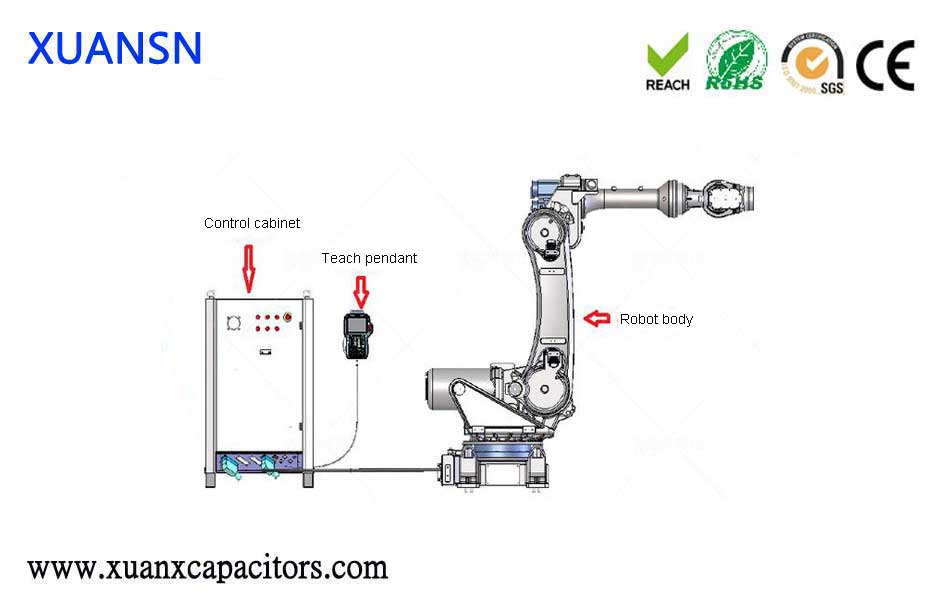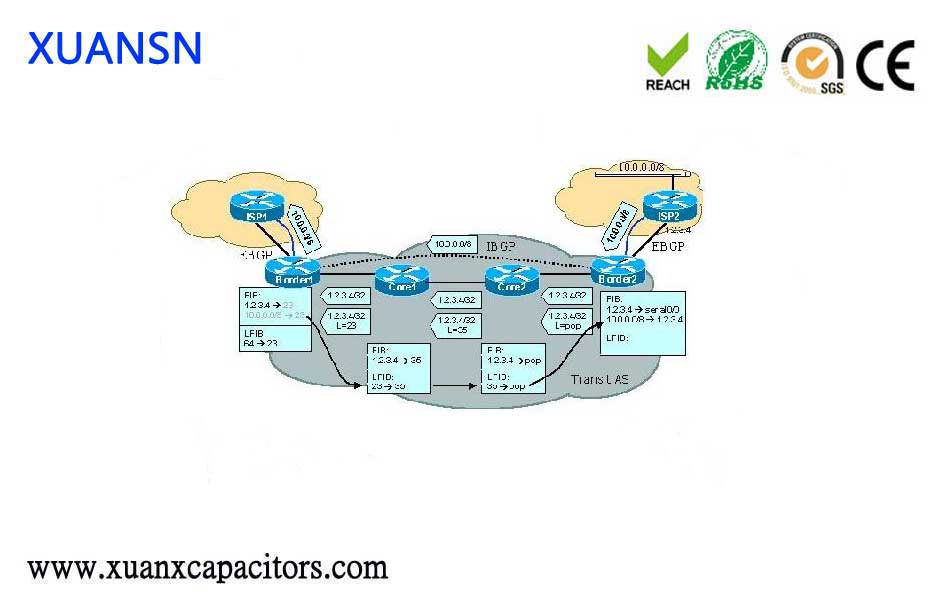The innovation practices of Japanese companies in recent years can be summarized into four characteristics. The first is the transformation of the business model, from closed to open, from emphasizing “big and complete” to emphasizing core competitiveness. For example, Panasonic has compressed businesses with a profit margin of less than 5%, while Sony and Toshiba have opted out of the low-value-added TV and white goods industries. The second is to shift to the upper reaches of the value chain, with “uniqueness” or “indispensability” as the strategic goal, and a large number of “hidden champion” companies have emerged. From smartphones to aircraft manufacturing, although Japanese brands are declining in terminal products, the materials and components produced by Japanese companies occupy an important share. From electronic components from Sony and Murata to carbon fiber from Toray and Teijin, from silicon wafers from Shin-Etsu Chemical to lithography machines from Canon, the list is endless. Third, the focus of market development has shifted from domestic to overseas, and global operation has become an important goal of Japanese companies. According to statistics, Japan’s foreign direct investment ranked first in the world in 2019, and the number of overseas Japanese companies is currently about 75,000. Fourth, the profit point is shifting from products to services and tapping user needs with innovative services. Personalized, subscription-based, and experience-based services have become a magic weapon to avoid price wars and achieve differentiation.
By strengthening innovation, the competitiveness of Japanese companies has increased significantly. In the “Dewent 2020 Top 100 Global Innovative Institutions” list, the number of Japanese companies on the list ranks second in the world. Successful innovation has greatly improved corporate profitability. The Bank of Japan survey shows that the average profit margin of large Japanese manufacturing companies has increased from 2.41% in 1993 to 8.11% in 2017. Globalization has also changed the structure of Japan’s external revenue and expenditure. Japan has been the world’s largest creditor nation for 29 consecutive years.




